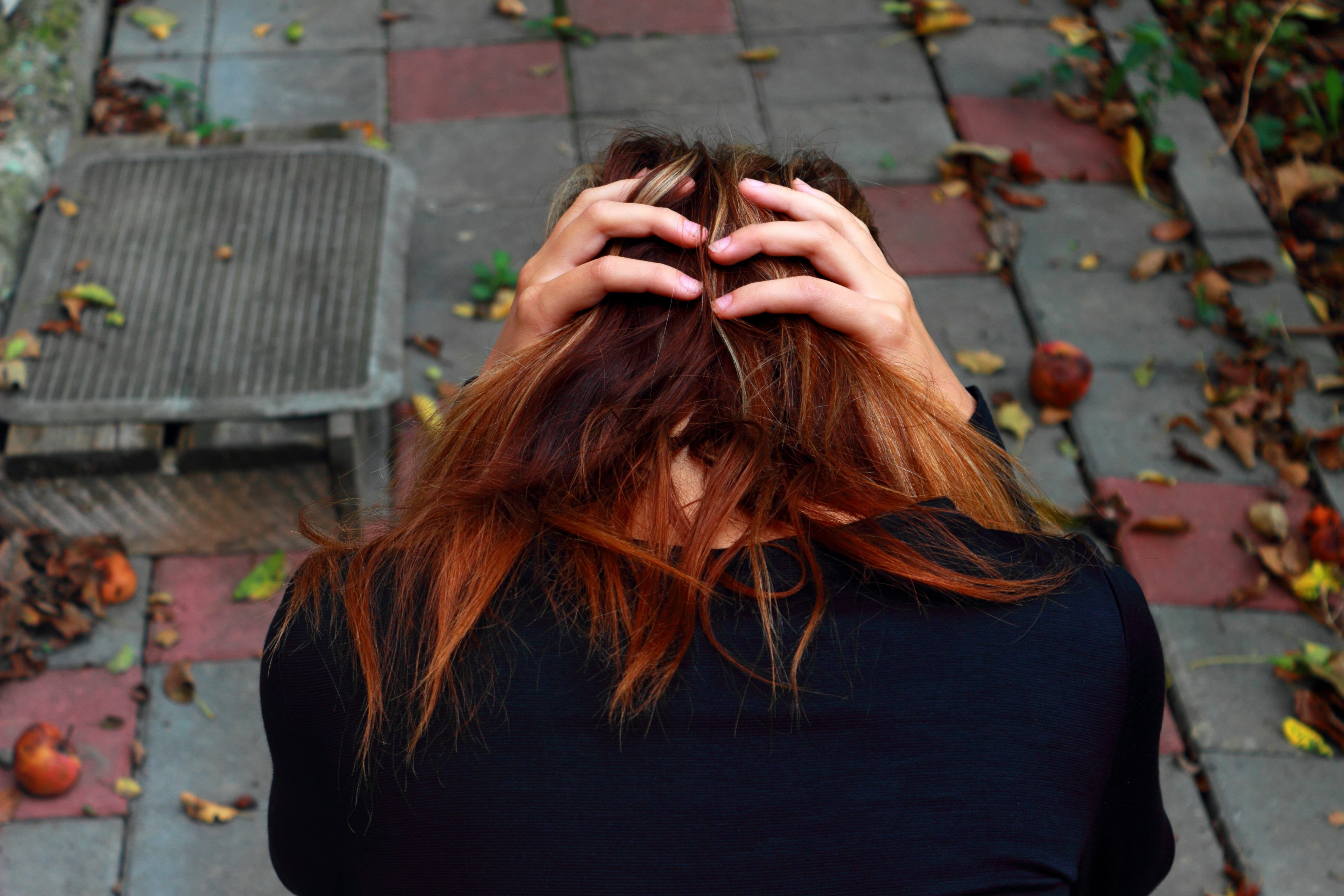ICD-10 code: F40.00
Agoraphobia is part of a cluster of diagnoses called the anxiety disorders. Anxiety disorders are a group of psychiatric conditions that include:

These disorders are characterized primarily by the experience of excessive fear and anxiety. People with generalized anxiety disorder spend a lot of time worrying about a lot of different things. People with social anxiety disorder feel very anxious around other people because they are afraid of embarrassing themselves or being disliked. People with panic disorder have sudden rushes of intense fear or discomfort called panic attacks. They often worry about having another panic attack and might avoid certain situations that might trigger a panic attack. People with agoraphobia are afraid of going into certain situations because they are afraid it might be difficult to escape or because they might experience panic-like or other embarrassing symptoms. Commonly avoided situations are using public transportation, being in open spaces like parking lots, being in enclosed places like movie theaters, or being in a crowd. People with a specific phobia are afraid of a certain object or situation, such as flying, heights, animals, or seeing blood. People with separation anxiety disorder are afraid of being away from a certain person, usually because they are afraid that something bad might happen to them or the other person if they are separated.
The anxiety disorders are characterized by excessive fear and anxiety, along with behavioral disturbances, like avoiding certain places, people, or situations. The anxiety disorders differ from each other in the target or focus of the fear. In some anxiety disorders, like specific phobia, the person is only excessively fearful of a very specific object or situation. In other anxiety disorders, like GAD, the person may feel anxious a great deal of the time or about a lot of different things.

Agoraphobia is a psychiatric disorder that affects approximately 1% of adults. Agoraphobia is characterized by fear or anxiety about two or more of the following situations:
A person with agoraphobia fears or avoids these situations because they believe that it might be difficult to escape or because help might not be available if the person were to develop certain symptoms, such as panic-like symptoms or embarrassing symptoms (like gastrointestinal distress). For agoraphobia to be diagnosed, these fears must be out of proportion to the actual risk and to the sociocultural context.
A person with agoraphobia actively avoids these situations, requires a companion to enter these situations, or endures the situations only with intense fear or anxiety.

Agoraphobia severity can range from mild to debilitating. In severe cases, agoraphobia can lead a person to be entirely homebound. Many people with agoraphobia also have other psychiatric conditions, most commonly panic disorder, other anxiety disorders, depression, and alcohol or sedative use disorders.
Agoraphobia is characterized by disruptions in the nervous system (hyperactivity of the sympathetic nervous system) and the endocrine system (disturbances in the hypothalamic-adrenal-pituitary axis), which are thought to contribute to symptoms. In addition, avoidance of feared situations and symptoms is thought to contribute to the persistence of agoraphobia. The disorder has a genetic component, although having a genetic predisposition to agoraphobia does not necessarily mean that someone will develop the disorder.

Until recently, agoraphobia was diagnosed and studied as a part of panic disorder. Therefore, there are no published treatment guidelines for agoraphobia in the absence of panic disorder. However, the following treatments have been found to be effective for agoraphobia with panic disorder:
Additionally, the following treatments have been found to be effective for treating panic disorder (see guidelines from the National Institute of Clinical Excellence). However, the efficacy of these treatments for agoraphobia without panic disorder is unknown:
Other Treatments to Consider
Preliminary evidence suggests that the following strategies, while not a substitute for the more well-validated treatments described above, might also be considered.